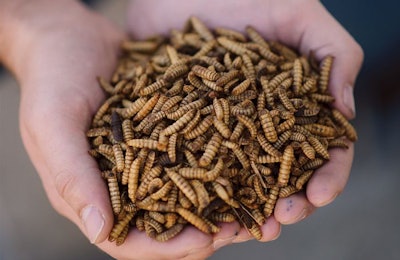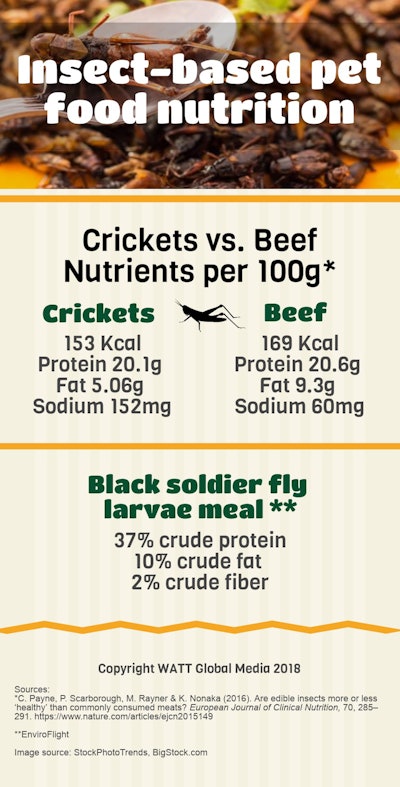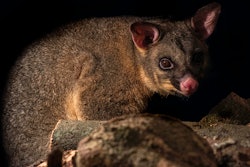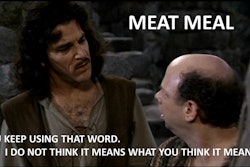
In 2013, Petfood Industry first reported on the potential of insects as pet food and treat ingredients. In the intervening seven years, insects gained acceptance as protein and oil sources, and pet products made from six-legged animals appeared on the market. However, in that time, insect-based pet food launches didn’t bring attention from Reuters, CNN, Fox, NPR and People, along with dozens of regional and international news outlets. When the world’s second largest pet food company launched an insect-based product, major media outlets took notice. Nestlé Purina PetCare Beyond Nature's Protein line launched in Switzerland's food, drug and mass market sector at Coop retail stores in November, with plans to expand to wider European markets and the U.S. by next year.
Acceptance of insects as pet food ingredients
Pet owners in the U.S. may be ready to accept those insect-based pet foods and treats. Presentation may be crucial, unsurprisingly. In a University of Pennsylvania study, Americans stated they were more willing to try feeding their pets a product made with insect flour than dried whole insects, in a paper published in Food Quality and Preference. Overall, 70% of study participants were willing to try insects in some form. Respondents' beliefs related to disgust and to the benefits of using insects most influenced acceptability.
People expressed similar acceptance of black soldier fly larvae, crickets, mealworms and ants. Respondents preferred black soldier fly larvae in dog food over ants and mealworms.
Infographic: Insect-based pet food nutrition
Although many pet owners have anecdotal stories of dogs and cats eating insects, scientists haven’t fully studied the tiny animals’ nutritional and health effects on dogs and cats. However, basic analysis of many insects, such as black soldier fly larvae and crickets, suggest that the animals as packed with proteins and other nutrients. (See infographic below)
“All insects are generally good sources of protein, b-vitamins and trace minerals,” said pet nutrition consultant Mark Finke, PhD. “Much of it depends on exactly what they are to be used for (what is their primary role in a complete and balanced pet food). So black soldier fly larvae would be an excellent source of calcium as well, while crickets are relatively high in taurine. Note that some nutrients can easily be manipulated by diet so in some cases blanket statements should be made with great care.”
“There is much we don’t yet know about feeding insects to dogs and cats,” said Finke. “While they would likely be fine and indeed many species of wild canine and felines typically include insects in their diets we just don’t know much yet.”
Insect-based pet food formulators may derive different nutrient profiles from a particular species by using insects harvested at different stages of development. Scientists tested the digestibility of black soldier fly larvae at a range of ages and found variations that could make specific ages ideal for either protein or oil production. The Journal of Animal Science published their results.

















